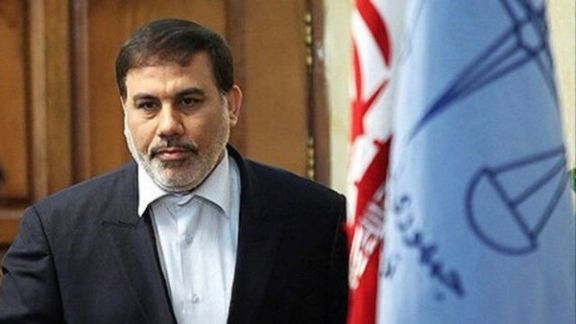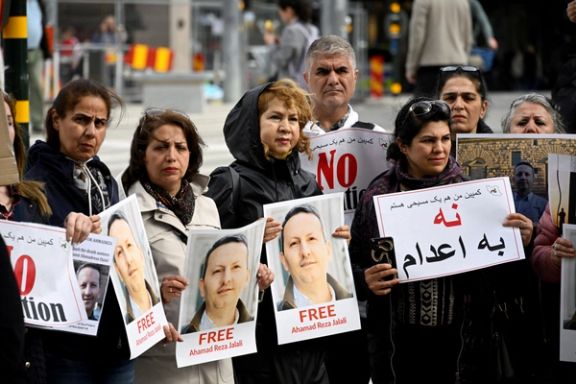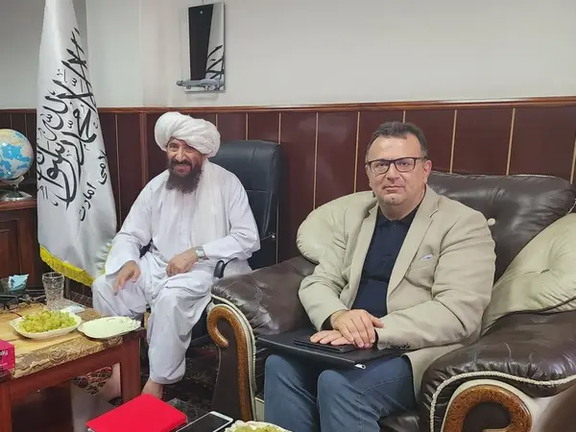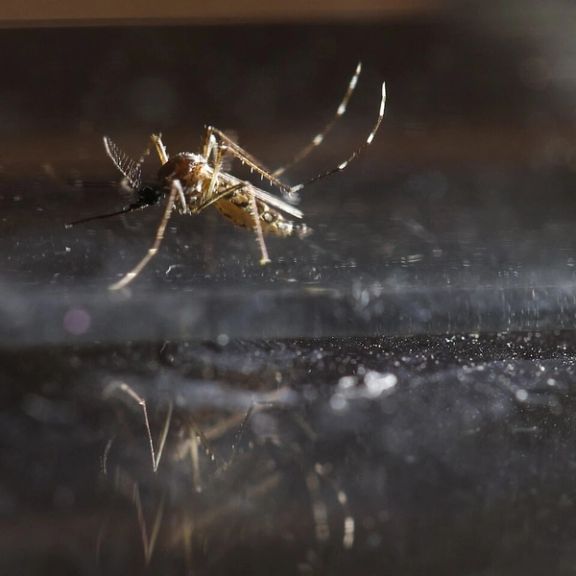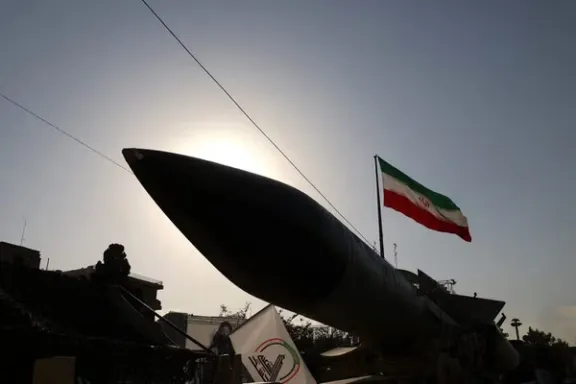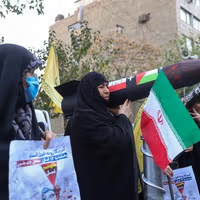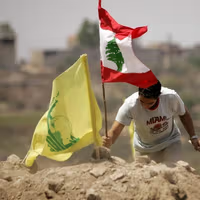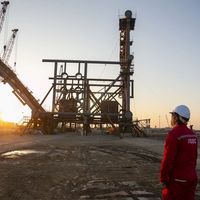Jalili refused to allow the more pragmatic Mohammad-Bagher Ghalibaf to represent the ‘revolutionary front’ in the recent elections against the reform-leaning Masoud Pezeshkian.
Ghalibaf’s supporters have taken to social media to accuse Jalili and his political allies of looking up to Mohammad-Mahdi Mirbagheri, a mid-ranking cleric, as their true religious and political leader. They allege that Jalili's camp only "pretends" to emulate and respect Khamenei.
Jalili was backed by the ultra-hardliner Paydari (Steadfastness) Party led by Sadegh Mahsouli, a business tycoon and interior minister under populist Mahmoud Ahmadinejad, as well as the recently established Jebhe-ye Sobh-e Iran. The latter, often called MASAF, is a political group led by the controversial politician and theorist Ali-Akbar Raefipour. The two political groups have spread their influence to many government and state organizations in the past few years.
The views expressed by Paydari and MASAF members often mirror Mirbagheri’s apocalyptic religious and anti-western political views that are sometimes even more extreme than Khamenei’s.
“First hit the United States in the face and break its wrist and then have fair negotiations with it if it is still inclined to talk,” Mirbagheri says about talks to revive the 2015 nuclear deal (JCPOA). Jalili’s rivals say his supporters even stopped the government of the late President Ebrahim from reaching a nuclear deal to remove US sanctions.
Mirbagheri who heads the Islamic Science Academy of Qom is already one of the 81 members of the Assembly of Experts whose members are to appoint Khamenei’s successor. His followers are often collectively referred to as the “Academy current” by other hardliners.
The 63-year-old cleric who has never held any government office is little known outside seminaries, hardliner political circles, and networks of religious mourning groups (heya’at azadari) run by fundamentalist Shia eulogists. These groups and their leaders (maddahs) have gained huge political influence in the past two decades.
The Paydari Party and MASAF have taken over many top and sensitive positions in state organizations and the parliament where they are a sizeable but very influential minority since 2020.
Mirbagheri’s interpretation of Islam and Velayat-e Faqih (rule of Islamic jurists) is very similar to the views of the late Ayatollah Mohammad-Taqi Mesbah-Yazdi, whom he is now considered a successor.
Mesbah-Yazdi who was held in very high esteem by Khamenei insisted that God appoints the Islamic jurist who becomes the supreme leader of the country and the role of the members of the Assembly of Experts is only to “discover” God’s appointee.
The role of the rest of the Islamic Shia society, in their view, is preparing itself for the emergence of Mahdi, the 12th imam who the Shia believe has been in occultation by divine will since 941 CE.
The loudest and clearest call to suppress the Paydari Party and MASAF in the past few days has come from hardliner politician Abdolreza Davari who campaigned for Ghalibaf but said he would vote for Masoud Pezeshkian in the runoff elections to ward off the “danger of Jalili”.
“The fundamentalist sedition cannot be overcome through political and logical methods. The eye of the sedition must be removed to rid the society of their evil … The eye of the fundamentalists’ sedition cannot be removed without setting up a few gallows,” Davari declared in a tweet Tuesday.
In his tweet, he compared the Paydari Party and MASAF to the Khawarij who turned their backs on the first Shiite Imam, Ali ibn-e Abi Talib and eventually assassinated him as well as Forqan, an anti-clerical Islamist militant group, that assassinated several senior officials of the Islamic Republic.
His post was accompanied by an image of the announcement of the execution of seven members of Forqan on the front page of Kayhan newspaper in March 1980.

